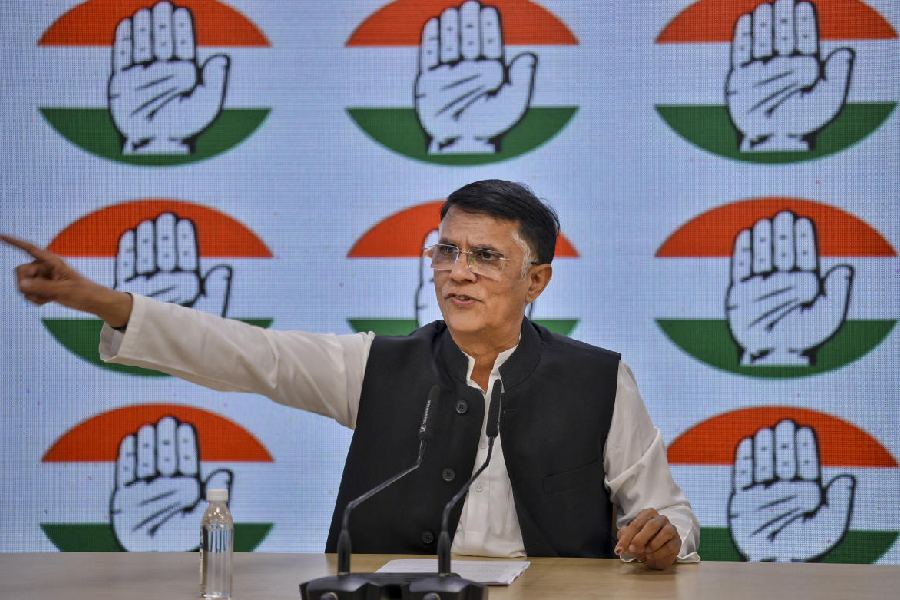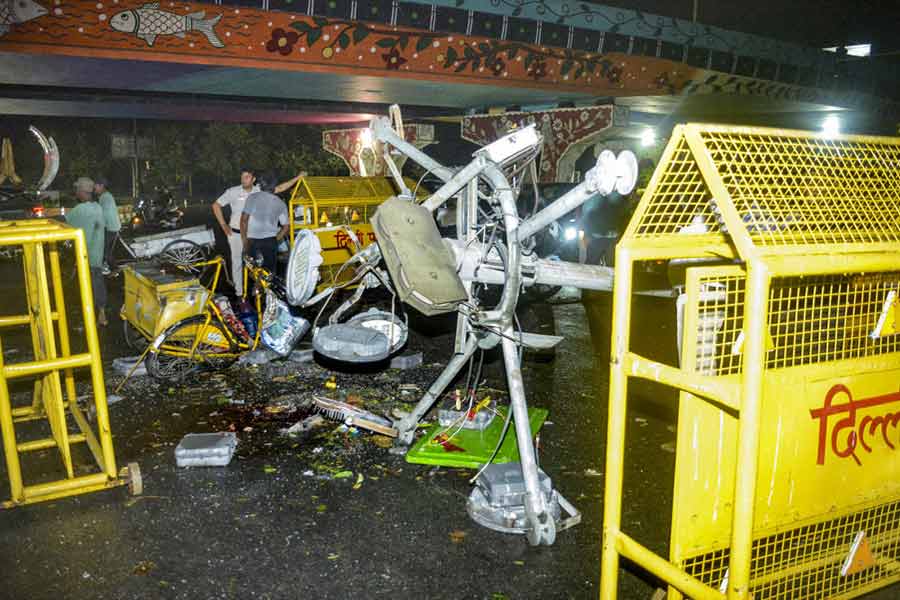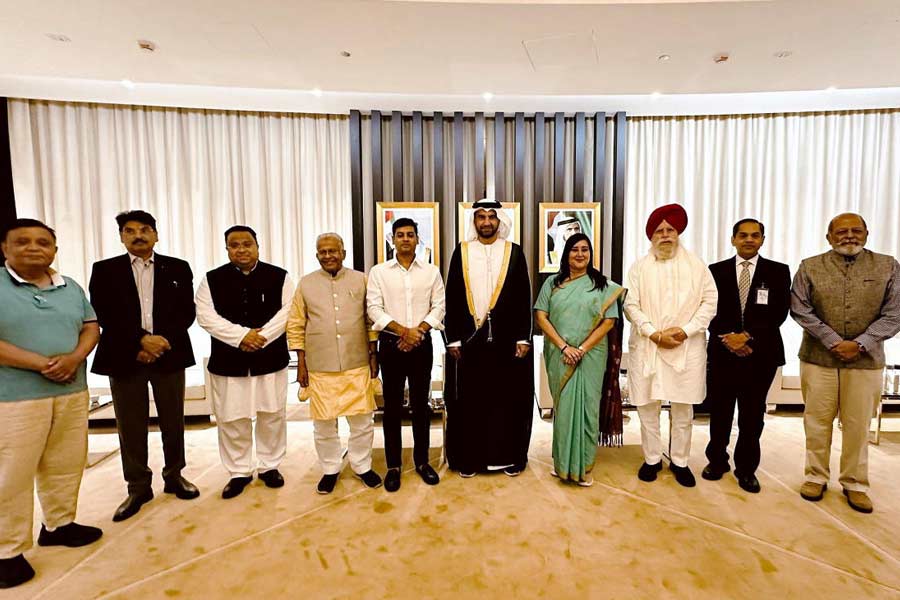New Delhi: The Union cabinet on Wednesday approved India's ratification of a global treaty on mercury that will require industrial enterprises to shift away to mercury-free alternatives in products and processes.
The cabinet has approved the ratification of the Minamata Convention and depositing the instrument of ratification that would enable India to become a party to the convention, an international treaty to curb mercury emissions.
The ratification allows flexibility for continued use of mercury-based products and processes relying on mercury compounds up to 2-25, the Press Information Bureau said.
Scientists estimate that around two-thirds of mercury - which is toxic to humans and wildlife - entering the environment comes from existing or legacy human-driven sources, including mining, industrial activities, coal combustion and incinerators, and the balance is from natural sources.
Eighty-four countries have already ratified the Minamata Convention, which emerged at a global conference in Japan in October 2013 and came into effect in August 2017 after 50 countries ratified it.
The primary route for human and wildlife exposure to mercury comes through the consumption of fish or shellfish which tend to accumulate mercury compounds. Exposure to mercury can harm neurological, developmental and reproductive functions.
A joint study by scientists in India, Switzerland and the US had five years ago estimated that India's total mercury emissions were about 415 tonnes in 2001, 310 tonnes in 2010, and projected to rise to 540 tonnes by 2020.
The study, published in the journal Environmental Science and Technology, had identified coal power plants and zinc production as the primary sources of mercury emissions into the atmosphere, while pesticides were the most important source of emissions into the soil.
The Minamata Convention will urge enterprises to move to mercury-free alternatives in products and non-mercury technologies in manufacturing processes, the PIB release said. "This will drive research and development and promote innovation."
Several ayurvedic formulations also contain mercury. For instance, a powder called Sidh Makhardhwaj contains gold, mercury and sulphur in a 1:8:24 ratio, and has been prescribed for rheumatoid arthritis. But traditional practitioners have claimed the amounts are too small to cause harm.
In August 2014, researchers at the All India Institute of Medical Sciences, New Delhi, had published in the Indian Journal of Medical Research that five times the human dose of this powder for 28 days did not cause any toxic effects on the brain, liver or kidney of laboratory rats.











